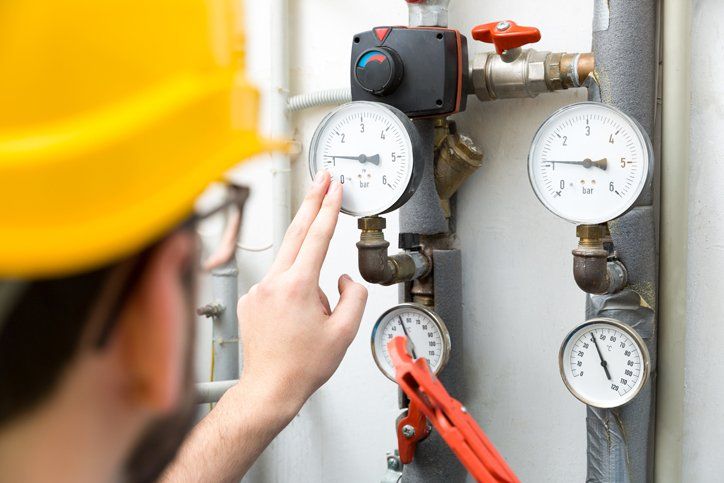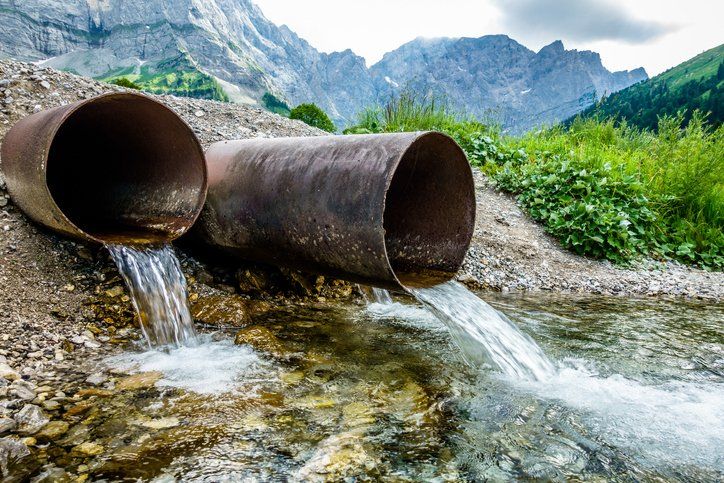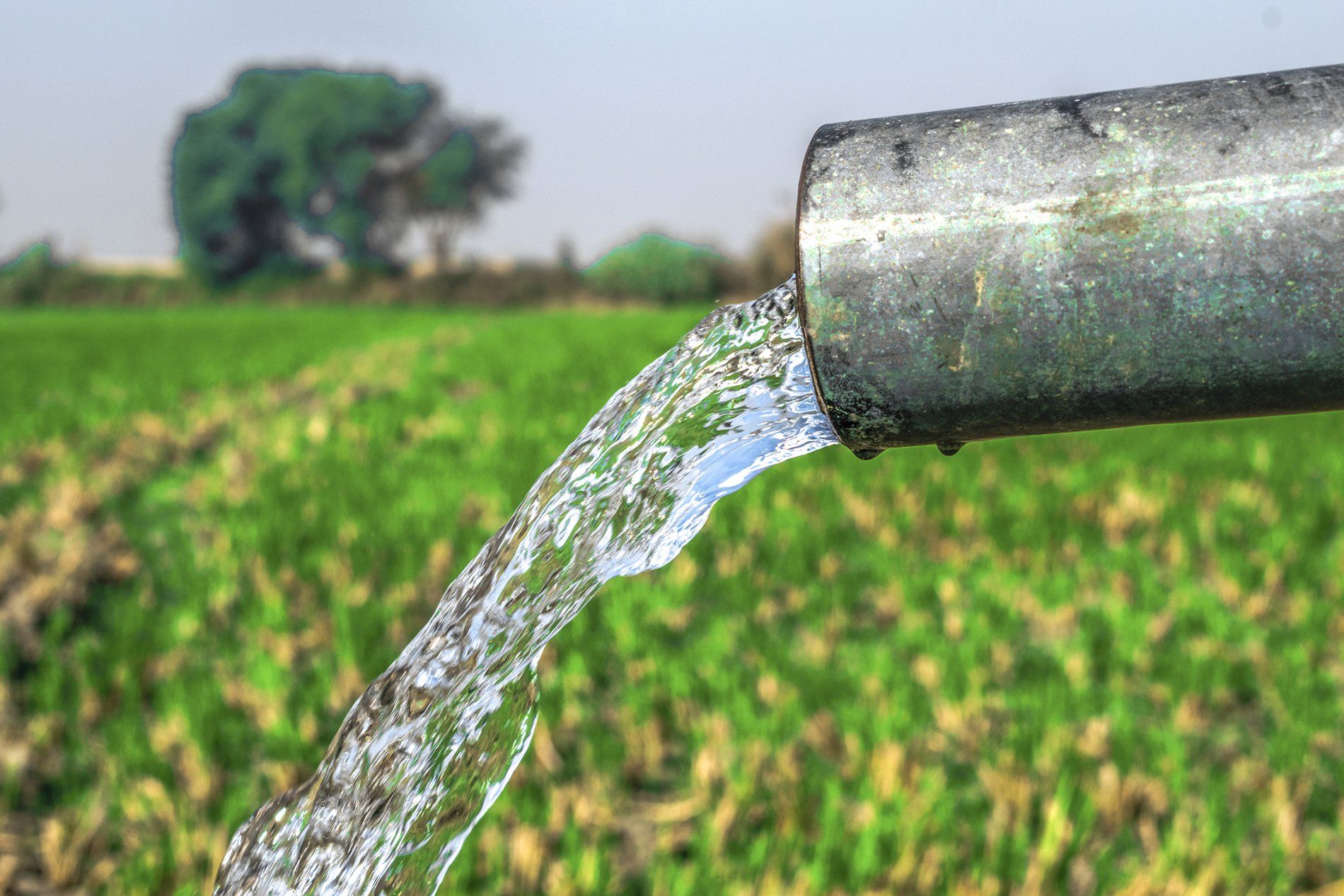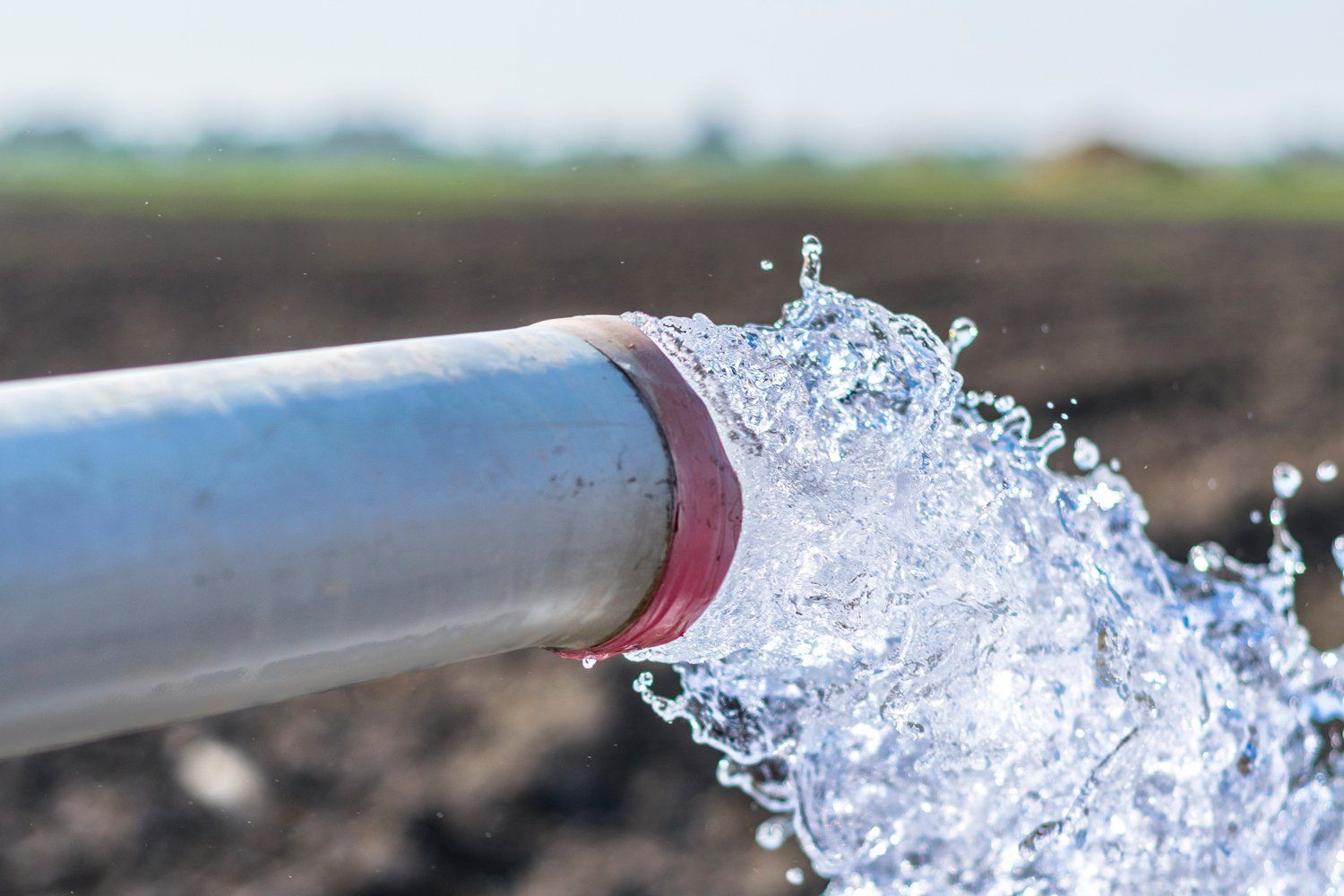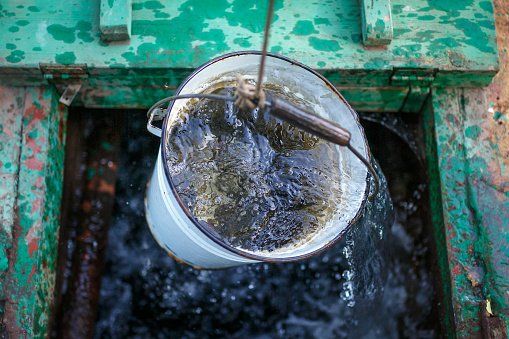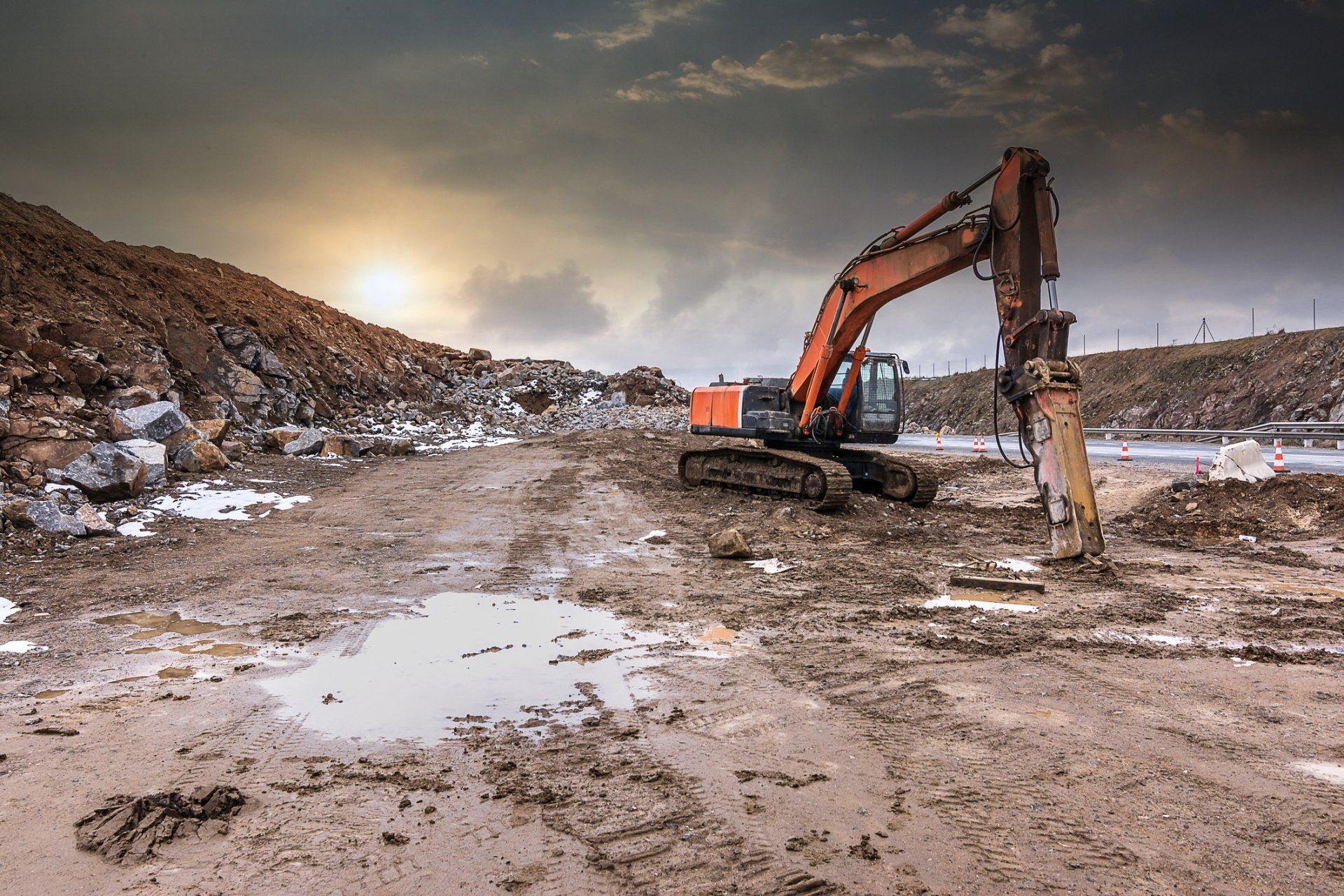3 Common Well Water Contaminants
- By Admin
- •
- 13 Nov, 2018
- •
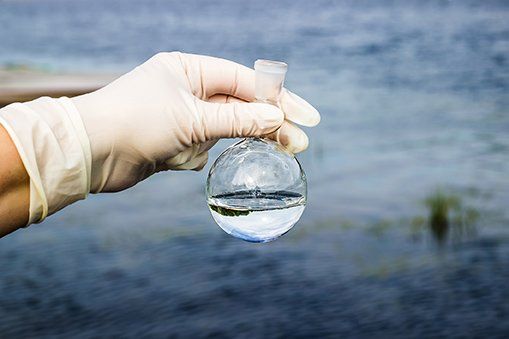
People who live in the country, or outside the reach of municipal water pipes, often rely on wells to provide them with water. Moreover, many well owners take pleasure in the cleanliness and purity of good well water. Yet, certain contaminants can negatively affect both the taste and safety of well water.
Unfortunately, many homeowners fail to recognize the importance of testing their well water for potentially dangerous contaminants. Those who take a more proactive approach can often successfully isolate and eliminate dangerous substances. If you would like to learn more about well water safety, keep reading. This article takes a closer look at three common well water contaminants.
1. Lead
Lead occurs naturally on the outer layer of the earth. Historically, this common metal has also held a key place in industries such as mining, manufacturing, and fuel processing. However, the grave health dangers of ingested lead have led to restrictions on the types of products and materials that can contain lead - plumbing pipes especially.
If your property utilizes a well more than 20 years old, you and your family may be at risk of lead exposure. At that time, it was still legal to incorporate lead into portions of the well pipe - specifically the seals placed above the well's screen. Likewise, certain submersible well pumps of a similar vintage also utilized components containing lead.
As those pipes and components corrode, lead can easily find its way into the water entering your home. Therefore, anyone containing an older well should have their water tested for lead as soon as possible. If lead contents exceed safe levels, strongly consider having a contractor remove and replace the problematic components.
In the meantime, you can reduce lead levels by flushing your system before drinking or cooling with the water. Simply let your faucet run for a few minutes to flush out any water that has been standing in the pipes. Also, give serious thought to installing a filtration system certified to effectively remove lead from water.
2. Nitrate
Those who live in rural areas with high levels of agricultural use should be aware that nitrogen fertilizer run-off can present serious health threats. Heavy rains can easily wash nitrogen into groundwater supplies, where it exists in the form known as nitrate. The Environmental Protection Agency mandates that nitrate content should never exceed 10 milligrams per liter.
Nitrate concentrations above that level can lead to serious health problems, especially for infant children and pregnant women. Therefore, if you live in close proximity to farmlands, have your water's nitrate content tested periodically. Excessive nitrate levels can be reduced through the implementation of a nitrate anion filtration system.
3. Coliform Bacteria
Coliform bacteria can be commonly found across the world, not only in water, but also in soil and on plants. Most species of coliform bacteria pose little threat to humans - in fact, human digestive tracts contain a multitude of coliform bacteria. However, many species within the sub-group known as fecal coliform bacteria can cause serious health threats.
As its name implies, fecal coliform bacteria commonly occur in the feces of both humans and animals. You may already be aware of one well-known type of fecal coliform bacteria: E. Coli. If such bacteria manage to infiltrate your well through damaged or cracked areas, they can wreak havoc on the people who consume water from your well.
To protect your family, have your well water tested for the presence of coliform bacteria on a yearly basis. If tests show that bacteria are present in your water, do not cook or drink it unless you have boiled it for a full minute first. Better yet, hire a professional contractor to disinfect your well. For more information, please contact the well experts at McCall Brothers Inc.
Some old wells still produce water since their construction many years ago. Take a look at these four amazing old wells still in use today.
Many different styles of treatment systems exist to purify well water for use in your home. Read about three types of whole-house treatment systems.


